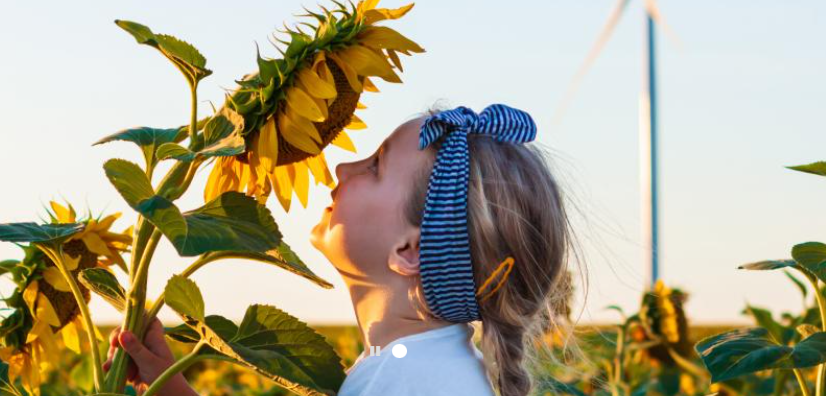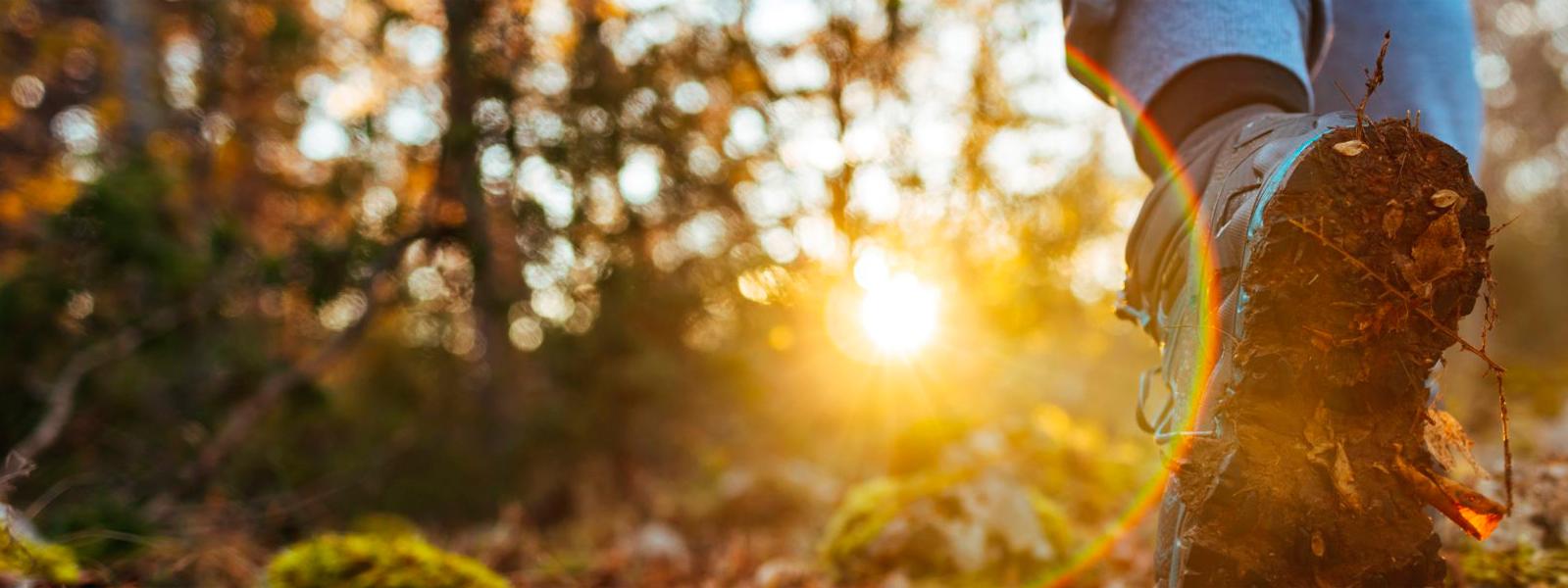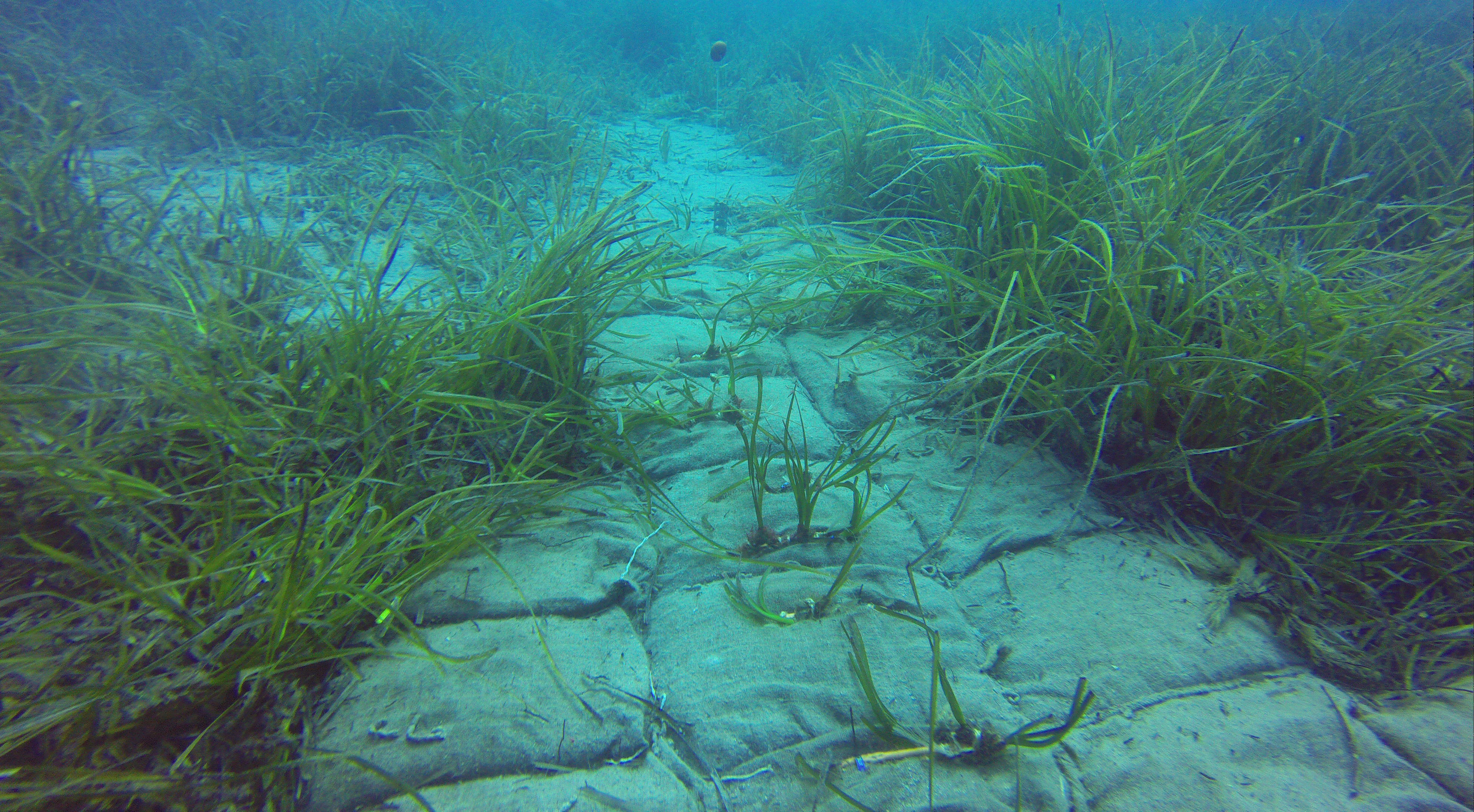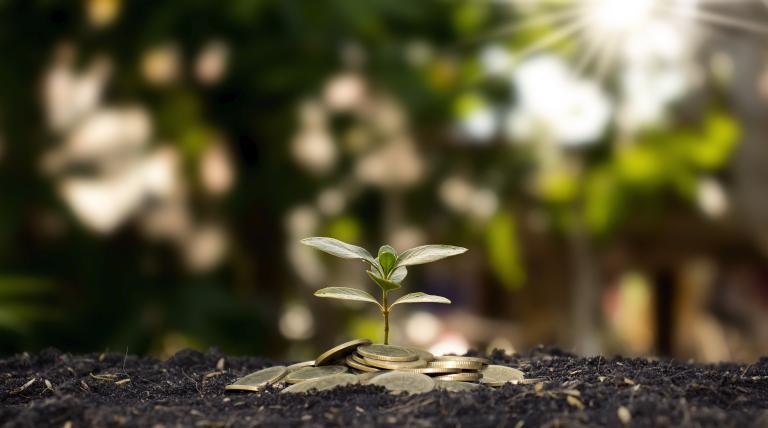We are a global operator of essential infrastructure
Recovery of the beach-dune system of the Llevant area in Formentera
Assessment study of coastal dynamics of the beach-dune system, the ornithological and plant communities in the Llevant area with the ultimate objective of implementing various measures aimed at preventing erosion on different fronts the beach dune system.
Natural Park of Ses Salines in Formentera (Balearic Islands)
- Planting of 60,000 specimens of species native to the area. Seeds of the dune-beach system were collected during the summer to ensure that no invasion of exotic species occurs and increase the likelihood of survival of native plants. Once the plants were grown in the nursery, they were planted in late winter in all the areas enlarged for the recovery of the foredune.
- Installation of longer walkways for access to the beach. Walkways were lengthened and reinstalled at a greater height with the goal of reducing erosion to the dune due to anthropogenic reasons, thus avoiding that people who go to the beach walk through the dunes and erode the foradune.
- Installation of wind interference barriers. In areas identified as dune "blowouts" (probably caused by former illegal extraction of aggregates), and in the pushed-back areas enclosed by the soft-fencing cordon used to delimit the dune recovery area, sand collectors were installed. The main objective is to restore the dune forms that have disappeared by favouring the natural accumulation of sand in areas that existed before.
- Installation of coconut matting. It is very effective to contain erosion and in allowing sand deposition on surfaces exposed to wind. For this reason it was installed on the beach-facing side of the pushed-back surface of the dunes.
- Removal of invasive species. During the study of the plant communities, the presence of Carpobrotus edulis, cat's claw, was detected; a species included in the Spanish catalogue of exotic species. It was completely eliminated following the established protocol to prevent recolonization by the species.
2012-2020
- General Directorate for the Environment, Environmental Education and Climate Change of the Regional Ministry of Agriculture, Environment and Planning of the Balearic Islands
- Bureau of Costal Demarcation in the Balearic Islands














